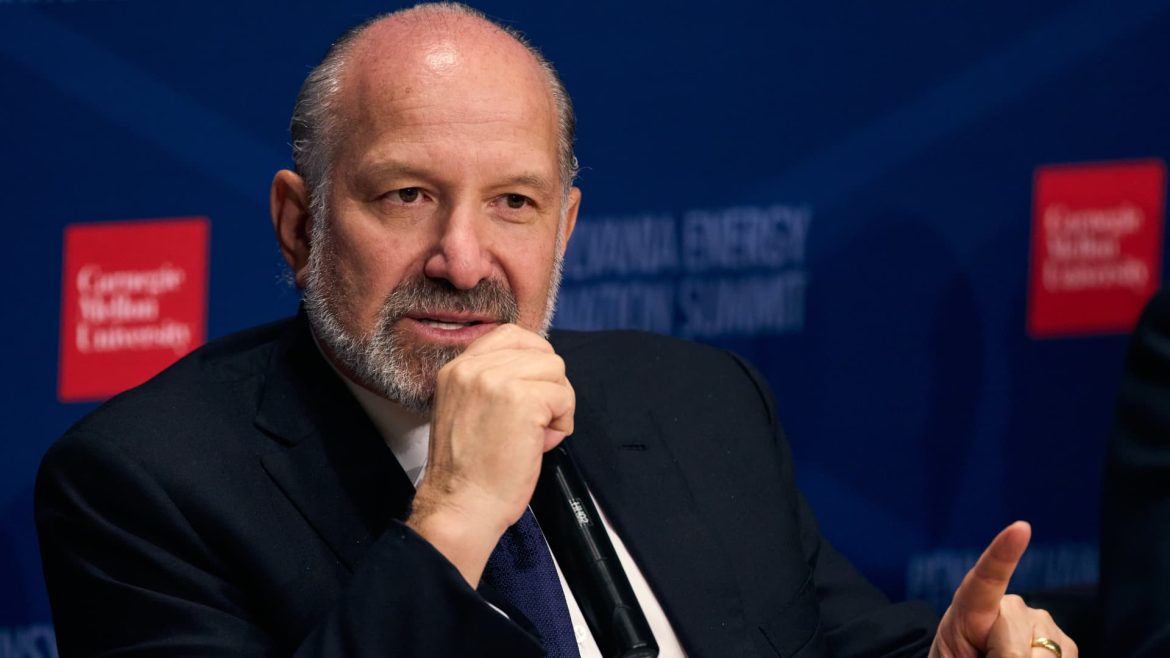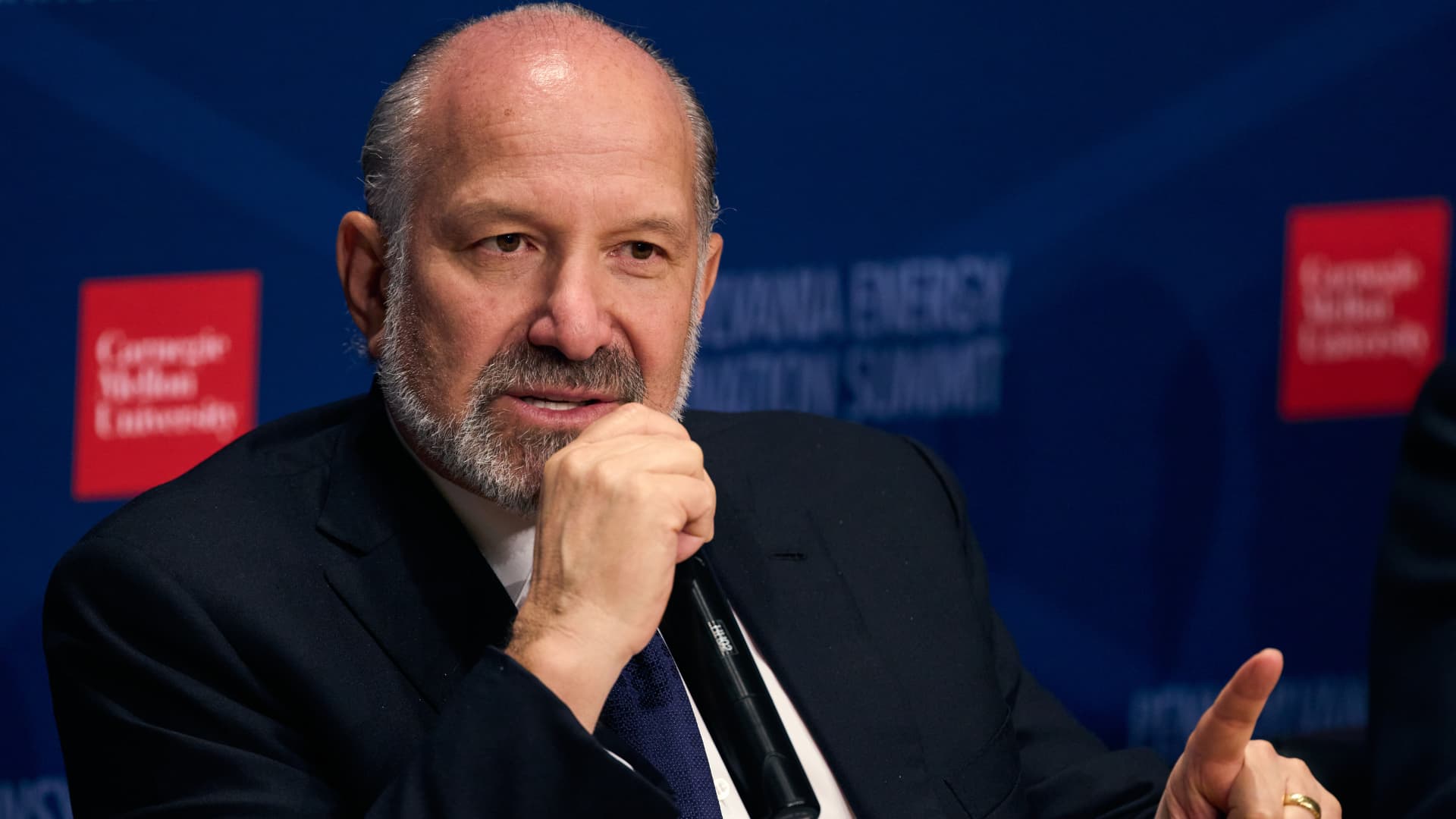The Evolving Landscape of Auto Tariffs Under Trump: A Comprehensive Analysis
Introduction: A Tale of Two Strategies
The Trump administration’s trade policies, particularly those targeting the automotive sector, have been a study in contrasts. Initially marked by aggressive rhetoric and sweeping tariff threats, the approach has since softened, reflecting a more nuanced understanding of the industry’s complexities. This shift underscores the delicate balance between protectionism and economic pragmatism, as well as the administration’s evolving priorities in global trade.
The Hardline Approach: Tariffs as a Tool for Leverage
The Trump administration’s initial strategy was rooted in the belief that tariffs could serve as a powerful negotiating tool. By imposing or threatening to impose tariffs on imported vehicles and auto parts, the administration aimed to pressure foreign governments into renegotiating trade deals more favorable to the U.S. This approach was particularly directed at countries like Japan, which have long maintained trade surpluses with the United States in the automotive sector.
The threat of a 25% tariff on imported vehicles sent shockwaves through the global auto industry. Automakers were forced to reconsider their supply chains and investment strategies, with some exploring options to increase production within the U.S. The administration argued that these tariffs would incentivize foreign automakers to invest more in American manufacturing, creating jobs and boosting the economy. Additionally, tariffs were seen as a way to address perceived unfair trade practices by other nations, leveling the playing field for U.S. automakers.
Industry Pushback: The Discord in Detroit
Despite the administration’s optimistic projections, the U.S. auto industry was far from unanimous in its support for the tariff strategy. While some automakers may have initially seen potential benefits in reduced competition from imports, the downsides quickly became apparent. Industry leaders warned of the potential for retaliatory tariffs from other countries, which could harm U.S. exports and the broader economy.
The global nature of the auto industry further complicated the situation. Tariffs on imported parts would increase production costs for vehicles manufactured in the U.S., making them less competitive in both domestic and international markets. This could lead to job losses and reduced investment, directly undermining the goals the tariffs were intended to achieve. The integrated supply chains of the auto industry meant that any disruption could have far-reaching consequences, affecting not just automakers but also suppliers, dealers, and consumers.
A Shift in Tone: Lutnick’s Optimism
Commerce Secretary Howard Lutnick has emerged as a key figure in the administration’s evolving stance on auto tariffs. His recent statements suggest a more cooperative and conciliatory approach, indicating that the administration is listening to the concerns of the auto industry and working to mitigate the negative impacts of tariffs.
Lutnick’s claim that U.S. auto CEOs are “cool with” the new trade deal with Japan is particularly significant, given the earlier anxieties expressed by the industry. However, this assertion has been met with skepticism, with some reports suggesting that American car companies remain concerned about being at a disadvantage compared to foreign carmakers. The shift in tone reflects a recognition of the complexities of the auto industry and the need for a more balanced approach to trade policy.
The Japan Deal: A Pivotal Moment
The trade deal with Japan appears to be a turning point in the administration’s auto tariff policy. While the details are still emerging, the deal seems to involve a combination of tariff reductions, market access concessions, and investment pledges. One key element is Japan’s agreement to invest significantly in the U.S. economy, with figures as high as $550 billion being mentioned. This investment could provide a much-needed boost to American manufacturing and create new jobs.
In exchange, the U.S. may be easing its stance on auto tariffs, potentially offering relief to Japanese automakers exporting to the U.S. market. However, the deal also raises questions about fairness and competitiveness. Some argue that it could give Japanese automakers an advantage over their American counterparts, particularly if they are able to avoid tariffs while still benefiting from access to the U.S. market. The deal underscores the administration’s willingness to use trade as a tool to achieve broader economic and geopolitical goals.
Easing the Burden: Reimbursements and Credits
In addition to the Japan deal, the Trump administration is reportedly considering other measures to ease the burden of tariffs on U.S. automakers. These include reimbursements for taxes on foreign auto parts and credits for companies manufacturing in the U.S. These measures are designed to offset the increased costs associated with tariffs and incentivize domestic production.
By reducing the financial pressure on automakers, the administration hopes to encourage them to invest in new technologies, expand their operations, and create jobs in the U.S. These measures reflect a more nuanced understanding of the auto industry’s needs and the importance of fostering a competitive environment. However, the effectiveness of these measures remains to be seen, and their impact will depend on the specifics of their implementation.
The TikTok Factor: An Unlikely Connection
The mention of TikTok in relation to Commerce Secretary Lutnick highlights the broader context of the administration’s trade policies. The ongoing dispute with China over TikTok reflects the administration’s willingness to use trade as a tool to address a range of concerns, including national security and intellectual property rights.
While the connection between TikTok and auto tariffs may seem tenuous, it underscores the interconnectedness of global trade and the potential for unexpected consequences. Actions taken in one sector can have ripple effects across the entire economy, making it essential to consider the broader implications of trade policies. The TikTok dispute also highlights the administration’s focus on national security considerations in its trade policies, which could have significant implications for the auto industry.
The Road Ahead: Navigating Uncertainty
The future of auto tariffs under the Trump administration remains uncertain. While recent developments suggest a softening of the administration’s stance, the situation is fluid and subject to change. Several factors could influence the direction of policy, including the outcome of ongoing trade negotiations, the performance of the U.S. economy, and the political climate.
Automakers will need to remain vigilant and adapt to the evolving landscape. This may involve diversifying their supply chains, investing in domestic production, and engaging with policymakers to advocate for policies that support the long-term health of the industry. The ability to navigate this uncertainty will be crucial for automakers as they seek to maintain their competitiveness in a rapidly changing global market.
Conclusion: Striking a Delicate Balance
The Trump administration’s approach to auto tariffs has been a complex and often contradictory undertaking. While the initial hard line was intended to pressure foreign countries and boost the U.S. auto industry, it also created uncertainty and risked unintended consequences. The recent shift towards easing the burden of tariffs reflects a recognition of these challenges and a willingness to find a more balanced approach.
Ultimately, the success of the administration’s auto tariff policy will depend on its ability to strike a delicate balance between protecting American jobs and promoting global competitiveness. This will require careful consideration of the needs of all stakeholders, a willingness to adapt to changing circumstances, and a commitment to fostering a stable and predictable trade environment. The road ahead is paved with uncertainty, but the potential rewards of a successful trade policy are significant: a stronger, more competitive U.S. auto industry and a more prosperous American economy. The administration’s ability to navigate these challenges will be a critical factor in shaping the future of the auto industry and the broader economy.





